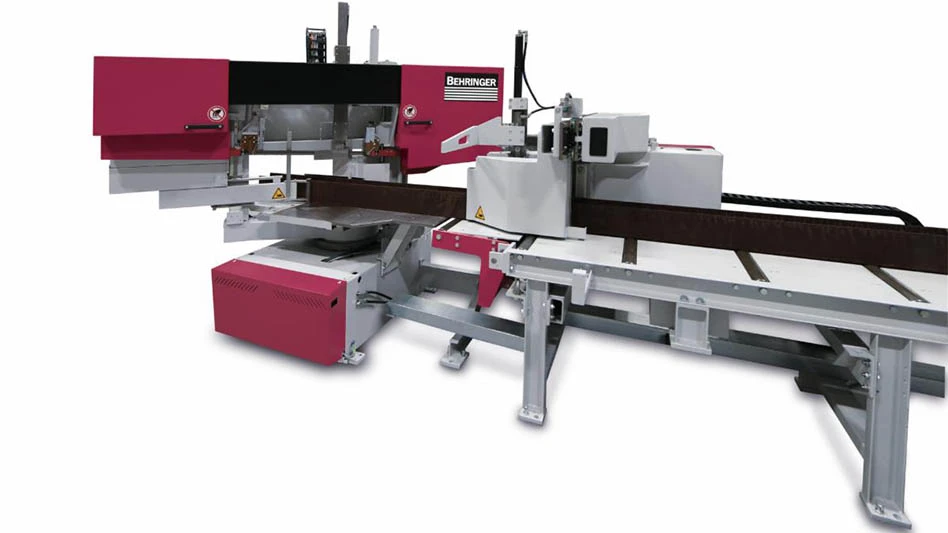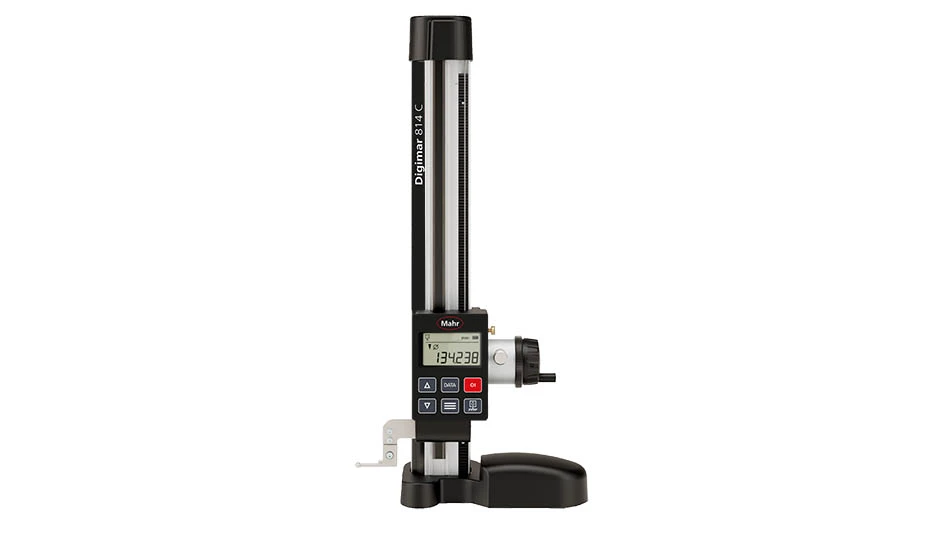Second Triton UAS completes first flight
 The U.S. Navy’s second MQ-4C Triton unmanned aircraft system (UAS) has successfully completed its first flight. Operating out of a manufacturing facility in Palmdale, California, a Navy and Northrop Grumman flight test team conducted the 6.7-hour flight on Oct. 15, 2014. The flight is a critical step in preparing the aircraft to fly to Naval Air Station Patuxent River, Maryland, where the first MQ-4C arrived on Sept. 18, 2014. The Navy’s program calls for 68 Tritons to be fielded. www.northropgrumman.com
The U.S. Navy’s second MQ-4C Triton unmanned aircraft system (UAS) has successfully completed its first flight. Operating out of a manufacturing facility in Palmdale, California, a Navy and Northrop Grumman flight test team conducted the 6.7-hour flight on Oct. 15, 2014. The flight is a critical step in preparing the aircraft to fly to Naval Air Station Patuxent River, Maryland, where the first MQ-4C arrived on Sept. 18, 2014. The Navy’s program calls for 68 Tritons to be fielded. www.northropgrumman.com
DARPA awards AeroVironment Phase II TERN contract
The Defense Advanced Research Projects Agency (DARPA) has selected AeroVironment Inc. and its team for a phase II preliminary design for the Tactically Exploited Reconnaissance Node (TERN). The 12-month, $19 million effort seeks to conclude with subscale flight demonstrations prior to a planned phase III award decision.
AeroVironment’s industry partners for the TERN program include large-aircraft avionics, ship integration, and propulsion expertise.
DARPA and the U.S. Office of Naval Research envision a new concept of operations using smaller ships as mobile launch and recovery sites for medium-altitude long-endurance (MALE) UAS. TERN aims to make it easier, quicker, and less expensive for the Navy and Marine Corps to deploy persistent intelligence, surveillance, reconnaissance, and strike capabilities almost anywhere in the world. www.avinc.com
Neah Power, Silent Falcon partner on UAS fuel cells
Neah Power Systems Inc. will partner with Silent Falcon UAS Technologies to integrate formic acid reformer (Formira) fuel cell technology into the Silent Falcon unmanned aerial system (UAS). A solar-electric, all composite, modular, small UAS, Silent Falcon is designed for commercial, public safety, and military applications.
By using formic acid to generate hydrogen, the fuel cell could increase mission endurance by two to three times the current duration, as well as enable heavier payloads. Since formic acid is an energy-dense liquid fuel, it allows easier handling, distribution, and refueling in remote locations compared to compressed gaseous hydrogen. www.neahpower.com; www.silentfalconuas.com
Alta and Airware partner to integrate solar for UAVs
Alta is cooperating with Airware to enable manufacturers of small unmanned aerial vehicles (UAVs) to easily integrate solar power into their aircraft. Alta Devices holds the world record for solar cell efficiency at 28.8% and has shown that integrating thin, lightweight solar material onto the wings of small UAVs increased flight endurance by more than four times. On sunny days, certain designs of solar-enabled UAVs can fly all day without landing to swap or recharge batteries.
Airware offers hardware, software, and cloud services for the rapid development and safe operation of a range of commercial drones. By partnering with Airware, Alta Devices can bring its AnyLight solar cell technology to UAV manufacturers. www.airware.com; www.altadevices.com
NASA tests small UAS for early wildfire detection
 NASA’s research in unmanned aerial systems (UAS) may soon provide a means for early detection and mitigation of fires in the Great Dismal Swamp National Wildlife Refuge, a nearly 50,000-square-acre region centered on the Virginia-North Carolina border.
NASA’s research in unmanned aerial systems (UAS) may soon provide a means for early detection and mitigation of fires in the Great Dismal Swamp National Wildlife Refuge, a nearly 50,000-square-acre region centered on the Virginia-North Carolina border.
NASA’s Langley Research Center, in nearby Hampton, Virginia, has signed a one-year agreement with the Department of the Interior’s U.S. Fish and Wildlife Service (FWS) to test small UASs for the detection of brush and forest fires. The research is part of the NASA Aeronautics Research Mission Directorate’s UAS Integration in the National Airspace System project.
The FWS is evaluating UAS and their ability to offer a safer, more cost-effective alternative for surveillance of potential areas of interest. The agency hopes to realize a significant decrease in cost to survey the Great Dismal Swamp, as well as a reduction in time to detect nascent fires, which could potentially save millions of dollars to the taxpayer in firefighting costs. The UAS, which weighs about 15 lb and has a range of about eight miles, is able to live-stream video from a nose-mounted camera and a downward pointing infrared camera housed in the fuselage to find hot spots. www.aeronautics.nasa.gov

Explore the November December 2014 Issue
Check out more from this issue and find your next story to read.
Latest from Aerospace Manufacturing and Design
- Gleason Corp. acquires the Intra Group of Companies
- Thread milling cutter reduces cutting pressure, vibration
- Malaysia Aviation Group orders 20 more Airbus A330neo widebodies
- More displacement from space-tested piezo actuators
- Textron Aviation to bring its largest-ever lineup to 2025 EAA AirVenture
- Qualified materials for 3D-printing mission-critical applications
- #69 Manufacturing Matters - Shopfloor Connectivity Roundtable with Renishaw and SMW Autoblok
- Demystifying Controlled Unclassified Information (CUI)





